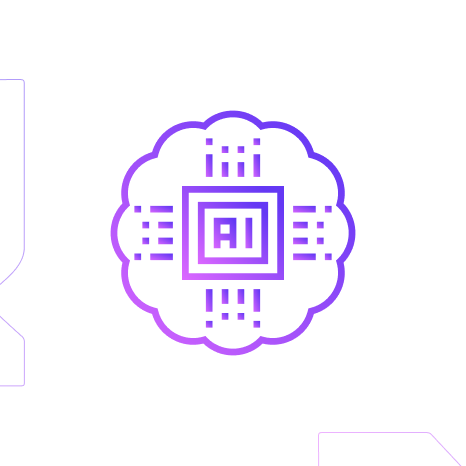

Blockchain & Cryptocurrency: The Basics

Blockchain and cryptocurrency are currently very hot topics, with the global adoption of cryptocurrency increasing to 881% in the last year.
Keep reading to find out all the basics.
Blockchain
Blockchain is a decentralised ledger of all transactions across a peer-to-peer network. In other words, a database that distributes records or shared ledgers of all digital events that have been implemented and shared among other blockchain participants.
In blockchain, transactions are recorded and secured in a shared ledger, which provides a verified time-stamped record of all transactions, securely and with auditable information. With the implementation of blockchain, users can confirm transactions without a need for a central clearing authority.
Cryptocurrency
Cryptocurrency (also known as crypto) is a medium of exchange, created and stored electronically in the blockchain, by using encryption techniques to control the creating of monetary units and verify the transfer of funds.
- Crypto has no intrinsic value
- Has no physical form
- Supply is not determined by a central bank.
There are more than 10,000 cryptocurrencies that are traded publicly – with the total value being almost $2.5 trillion USD.
The most common example of cryptocurrency is Bitcoin!
Why Is Everyone Talking About Cryptocurrency?
- Blockchain’s security makes theft significantly more difficult – as each cryptocurrency has its own identifiable number that is attached to an owner.
- Reduces the need for individualised currencies and central banks. Using blockchain crypto can be sent anywhere to anyone without currency exchanges or central banks.
- Crypto has made some billionaires! Speculators have driven up the price of crypto – making early adopters very rich. Many continue to buy crypto before they become more valuable – as they believe it is the currency of the future.
- Many large corporations have started taking blockchain-based digital currency for payments.
Interested in implementing AI into education? Contact us!



Leave a comment!